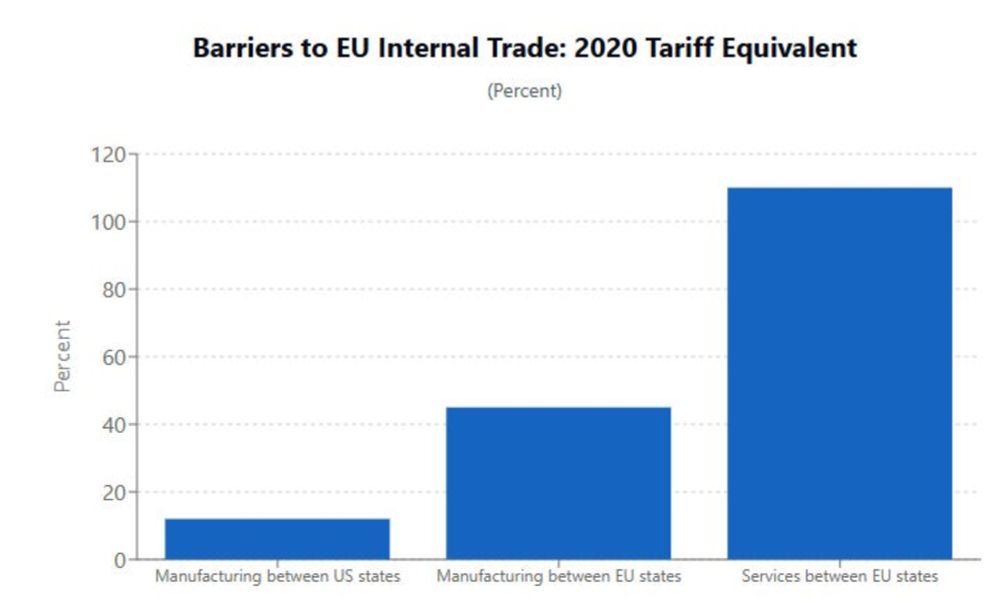
Nach unserer Berechnung kann man mit kluger Planung etwa 92 Mrd. EUR (einen ,,Wumms'') sparen
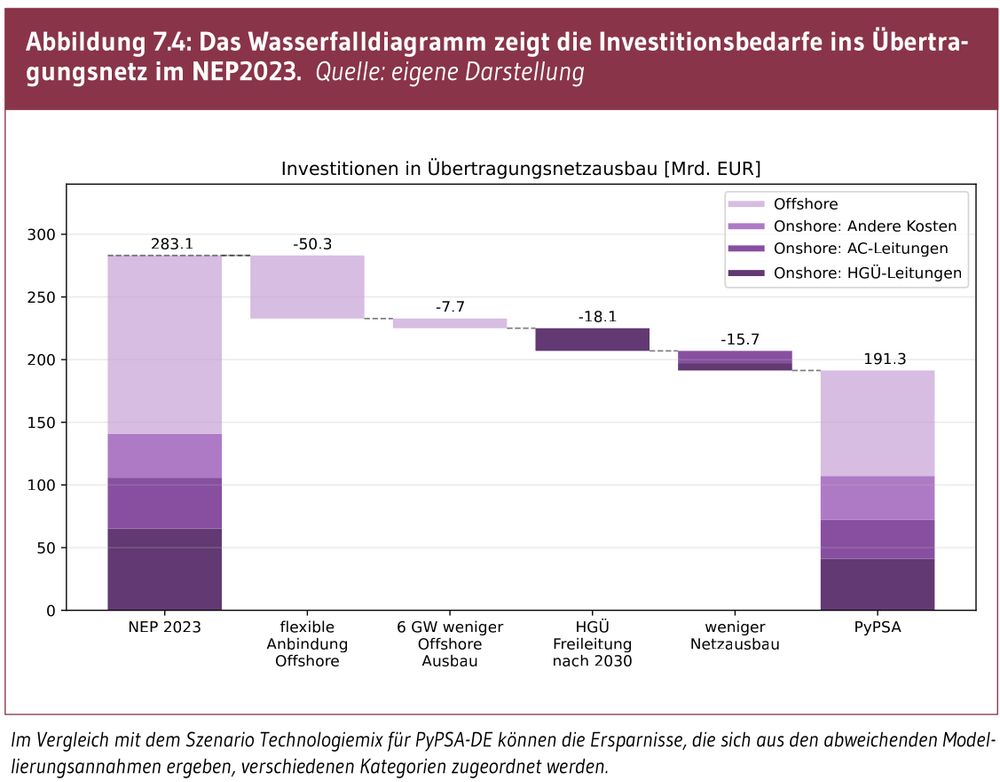
Nach unserer Berechnung kann man mit kluger Planung etwa 92 Mrd. EUR (einen ,,Wumms'') sparen
Two things will be important: 1) Will a stable two-party coalition be possible? 2) Will a constitutional blocking minority emerge against a debt brake reform and/or another special fund for defence?
While much attention has been on Friedrich Merz who is all but guaranteed to become the next chancellor, the fate of Germany’s incoming government hinges on three small parties fighting to enter parliament.
Here is what fellow Europeans should watch out for on Sunday:

Two things will be important: 1) Will a stable two-party coalition be possible? 2) Will a constitutional blocking minority emerge against a debt brake reform and/or another special fund for defence?
The Baltics 🇪🇪 🇱🇻 🇱🇹 have disconnected from the Russian power grid and fully synchronised with the 🇪🇺 continental one, marking their energy independence.
After two decades of preparation, it is now time to benefit from our common energy system.
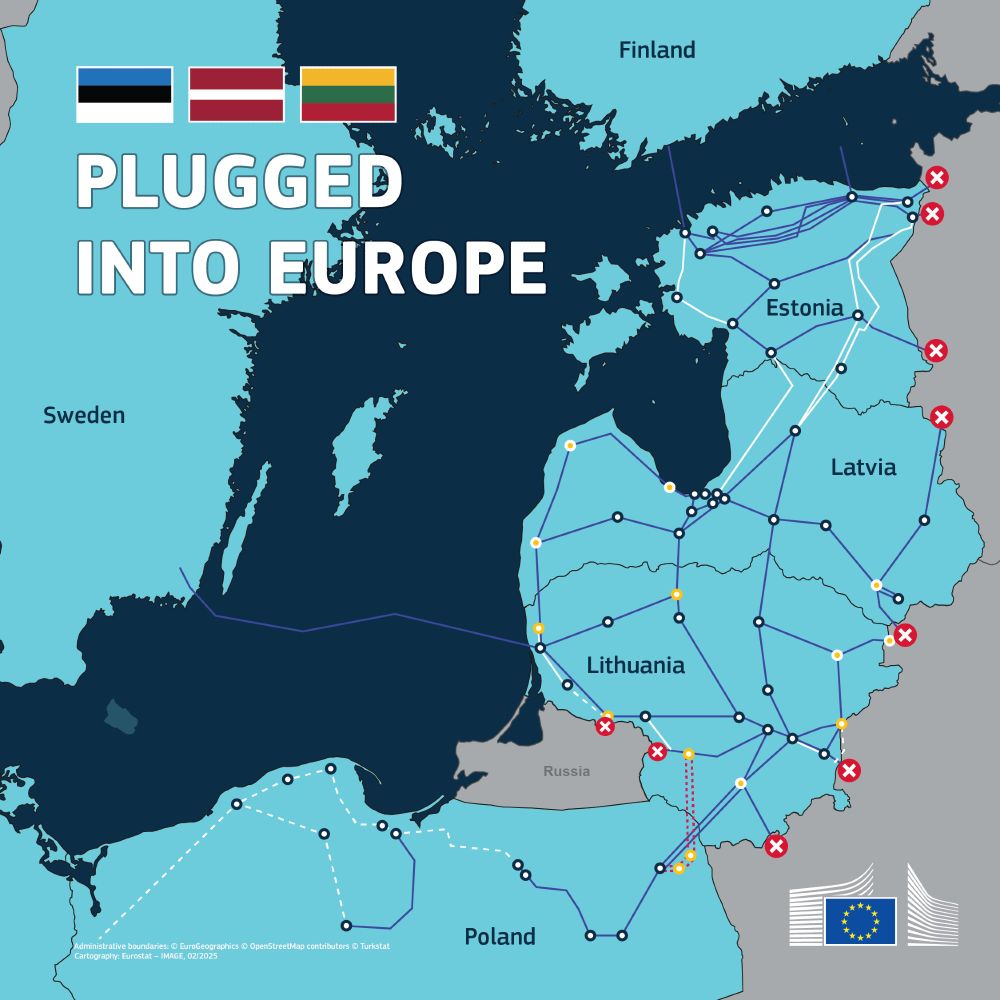
The Baltics 🇪🇪 🇱🇻 🇱🇹 have disconnected from the Russian power grid and fully synchronised with the 🇪🇺 continental one, marking their energy independence.
After two decades of preparation, it is now time to benefit from our common energy system.
New Commission research shows that once strong NL-DE correlations in macro variables (GDP, investment) have become insignificant.
A couple of observations on the stunning divergence between the frugal bulwarks.
1/

New Commission research shows that once strong NL-DE correlations in macro variables (GDP, investment) have become insignificant.
A couple of observations on the stunning divergence between the frugal bulwarks.
1/
Wenn zahlreiche kleine Bausteine ein großes Bild ergeben, wird das unmittelbar oft verpasst.
Beispiel hybrider Krieg zB in der Ostsee. Viele kleine Einschläge, die man in Zusammenhang setzen muss
Wenn zahlreiche kleine Bausteine ein großes Bild ergeben, wird das unmittelbar oft verpasst.
Beispiel hybrider Krieg zB in der Ostsee. Viele kleine Einschläge, die man in Zusammenhang setzen muss
A long list of EU ETS experts, incl. @karstenneuhoff.bsky.social, Misato Sato, @philippequirion.bsky.social, & many more argue for a complementary instrument if that's not the case.
Europe’s climate policymakers must prepare options to ensure the resilience of its industrial strategy

A long list of EU ETS experts, incl. @karstenneuhoff.bsky.social, Misato Sato, @philippequirion.bsky.social, & many more argue for a complementary instrument if that's not the case.
She proceeded at affected speed til she reached shallow waters, where she lost all momentum. After some maneuvers she regained speed.
She proceeded at affected speed til she reached shallow waters, where she lost all momentum. After some maneuvers she regained speed.
This is the number of allowances for 2027 that has been set today as a cap in the Emissions Trading System for buildings, road transport and small industry (ETS2) by the European Commission.
climate.ec.europa.eu/news-your-vo...
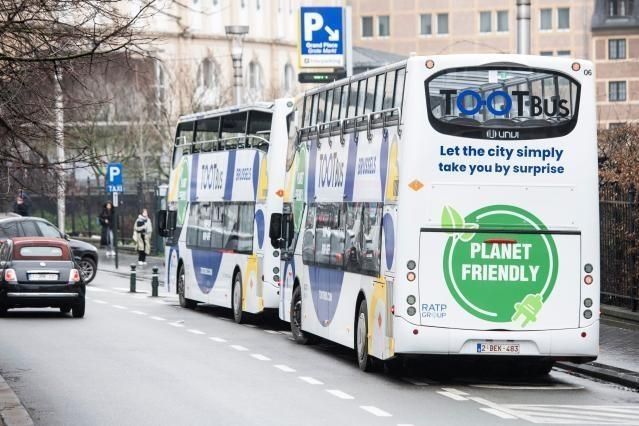
This is the number of allowances for 2027 that has been set today as a cap in the Emissions Trading System for buildings, road transport and small industry (ETS2) by the European Commission.
climate.ec.europa.eu/news-your-vo...
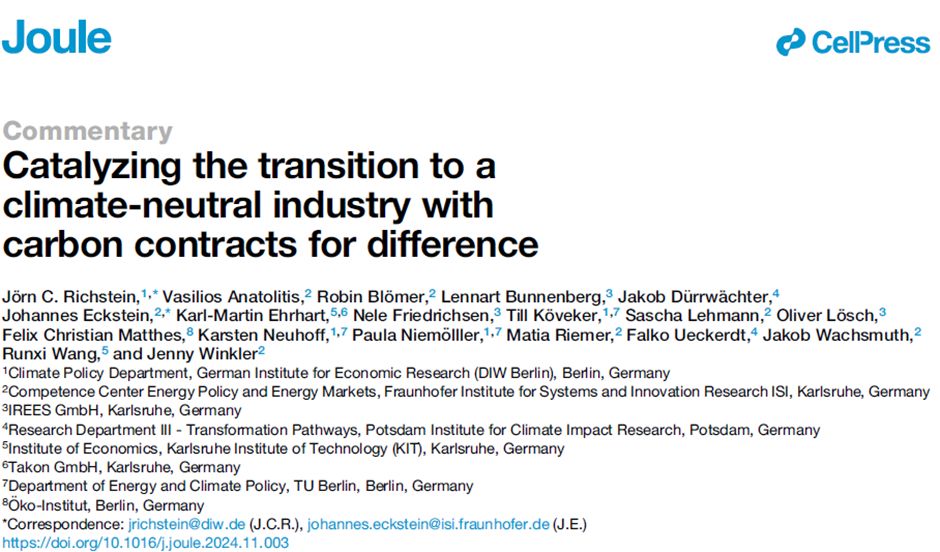
Hydrogen is notoriously difficult to transport over long distances. But what if it could be virtually stored in iron and then extracted again when and where it’s needed?
Enter Direct Reduced Iron (DRI) as virtual H2 storage.
Results from a DNV study
1/

Hydrogen is notoriously difficult to transport over long distances. But what if it could be virtually stored in iron and then extracted again when and where it’s needed?
Enter Direct Reduced Iron (DRI) as virtual H2 storage.
Results from a DNV study
1/
Unsere neue Studie für das UBA gibt Antworten.
Von @fraunhoferisi.bsky.social und @rwth.bsky.social .
Download+Exceltool: s.fhg.de/prozesswaerme
Ein Flug durch die Ergebnisse anhand von 11 Thesen 🧵⬇️
Unsere neue Studie für das UBA gibt Antworten.
Von @fraunhoferisi.bsky.social und @rwth.bsky.social .
Download+Exceltool: s.fhg.de/prozesswaerme
Ein Flug durch die Ergebnisse anhand von 11 Thesen 🧵⬇️
Der Umgang der BuRe und die breiteren Folgen sind noch schwer absehbar, aber ich sehe drei (potentielle) Probleme und eine Chance:


Electricity storage and interconnection to the rescue! But how do these two interact?
🧵 Get ready for some energy modelling content!
1/
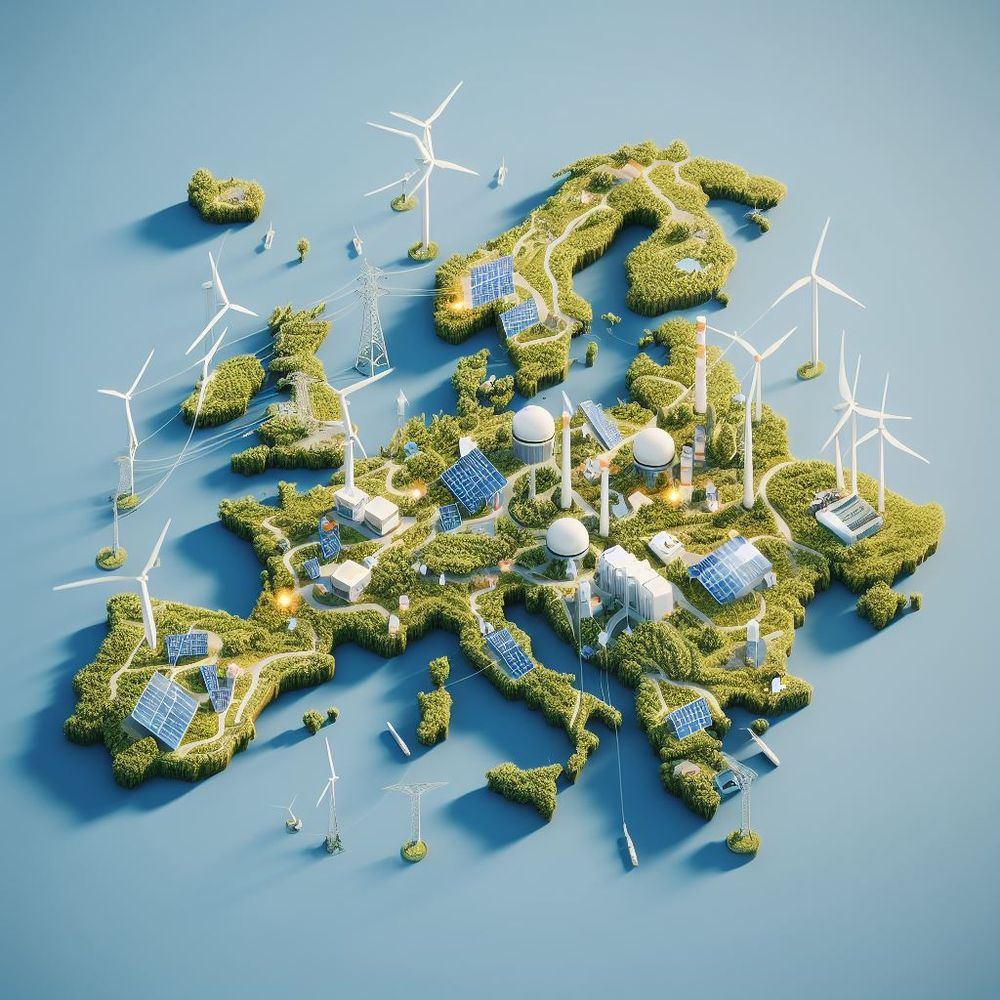
Es scheint allerdings ein Hebelprodukt zu sein & die Frage nach Counterpartyrisk stellt sich in Krisen natürlich auch
Es scheint allerdings ein Hebelprodukt zu sein & die Frage nach Counterpartyrisk stellt sich in Krisen natürlich auch
After all, many modelled conclusions rest on the assumption of an immutable cap. Hardly, true as the cap is often (even adhoc) renogiated. And as the MSR shows: Negotiators look at prices.
The latest on Germany's coal phase-out suggests: the latter. (in German) www.faz.net/aktuell/wirt...

After all, many modelled conclusions rest on the assumption of an immutable cap. Hardly, true as the cap is often (even adhoc) renogiated. And as the MSR shows: Negotiators look at prices.

(1) For old friends from Twitter: I'm here now too!
(2) For new friends here: I'm an energy economist working on questions related to power markets, renewable policy & industrial decarbonisation (esp. CCfDs), both academically and in policy advice projects.
(1) For old friends from Twitter: I'm here now too!
(2) For new friends here: I'm an energy economist working on questions related to power markets, renewable policy & industrial decarbonisation (esp. CCfDs), both academically and in policy advice projects.

